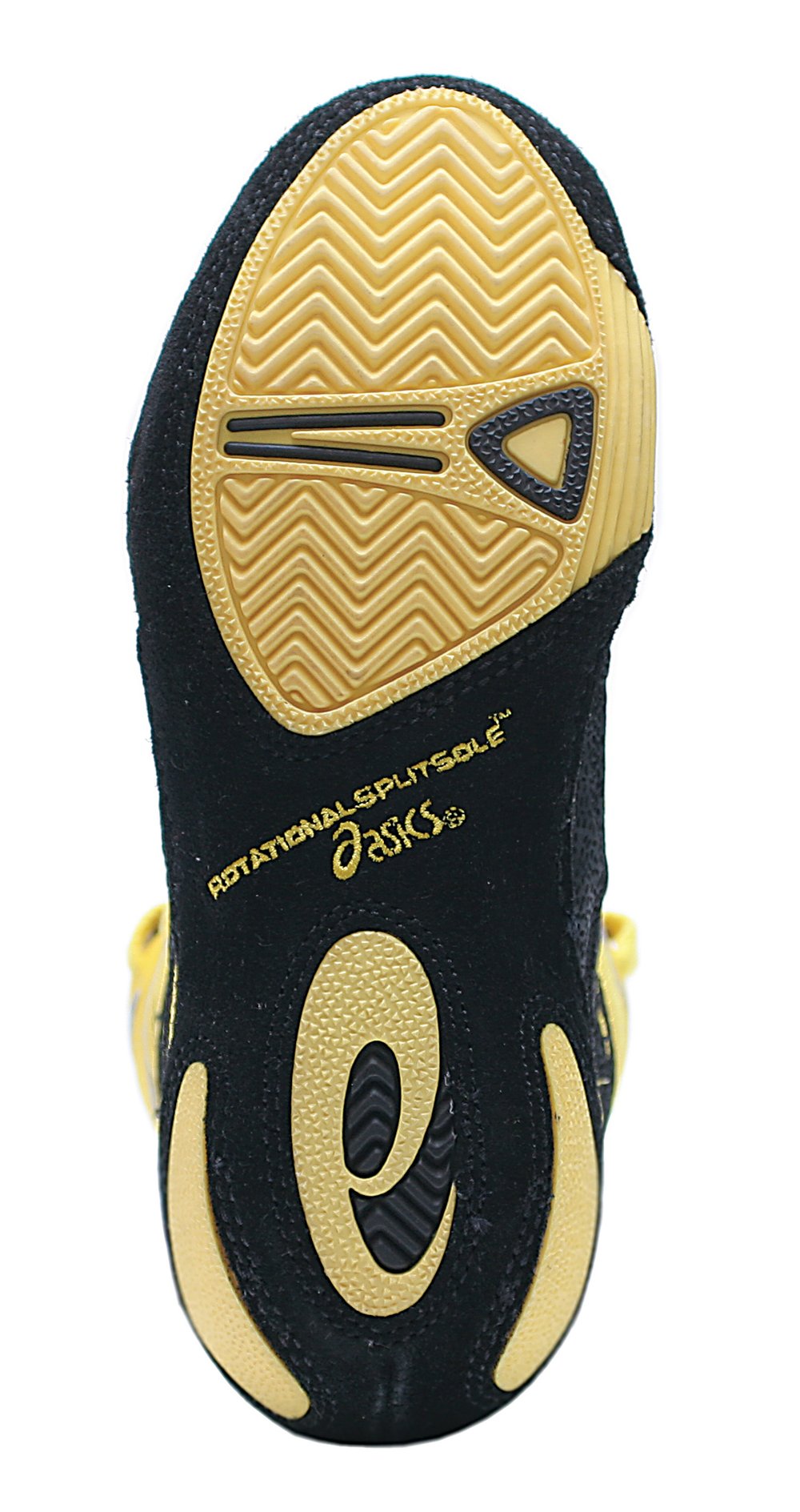
Issue 039
July 2008
Why use them?
Wrestlers use wrestling boots in order to get a better grip on the mat, which is an advantage when shooting for takedowns. They’re banned in most MMA competitions, but many fighters use them to protect their feet in training.
When would you use them?
Any time in training when you need to give your feet some extra protection. They are commonly used by fighters suffering from recurring foot or toe problems. Injured toes can take months to fully heal, and during this time they can be very sensitive to small knocks and bumps. The boots are also handy in the case of clumsy training partners.
Key features
Soles
Two things to look out for are grip and flexibility. For pure wrestling, it’s advantageous to have plenty of grip. In MMA however, too much can make striking footwork more difficult, and many fighters will also prefer boots with less grip because it makes the transition between wearing them and fighting in bare feet less noticeable. You also need enough flexibility in the soles of your wrestling boots to enable some movement in your feet so you can use them comfortably to grapple with. This is most obvious when working off your back in guard.
Fastening
There are several different fastening systems. Velcro is easy to put on but has a tendency to scratch, which will make you unpopular with your training partners. Laces take slightly longer to put on, especially if you lace them all the way up to the top (this will give maximum protection to the ankle joint). They are generally more comfortable than Velcro, and as secure as your lace tying abilities.
Lace covers
Boots often come with lace covers that cover at least the knot, and sometimes the whole lace. These may be either separate or integrated into the boot itself. Some more expensive boots have full covers with zip fastenings that leave the surface totally smooth. Nice if you can afford it.
Uppers
These are usually made from some combination of leather and breathable mesh. Comfort is the main factor – for you and your training partners. Try to ensure that the upper is smooth, with as few seams and ridges as possible.

GENERAL TIPS
Not to be confused with. . .
- Boxing boots, which have less grip on their soles and provide more ankle support. This is an advantage for stand- up striking, but is unlikely to give you the flexibility and movement that you need for grappling
- Martial arts shoes
- Professional wrestling boots (duh!)
Use them for the right reasons
Nothing highlights the wrestler/BJJ divide within grappling like the use of wrestling boots. Wrestlers tend to like them because it gives them more drive off the mat. BJJ players detest them because it reduces the sensitivity of their feet.
If you are training just for fun, then you can choose based on personal preference. If you are going to be competing without them then think carefully. By all means use them when needed to protect your feet, but make sure that you don’t come to rely on them.
Try them first
Ideally, you want to try a pair of wrestling boots before you buy them. You may draw some unwanted attention lying on your back in the shoe shop trying to sweep your mate, but you’ll probably end up making a wiser purchase.
Many people buy wrestling boots from the Internet because they’re easier to find and there’s more choice. If you do, be prepared to send them back if they’re not quite right.










